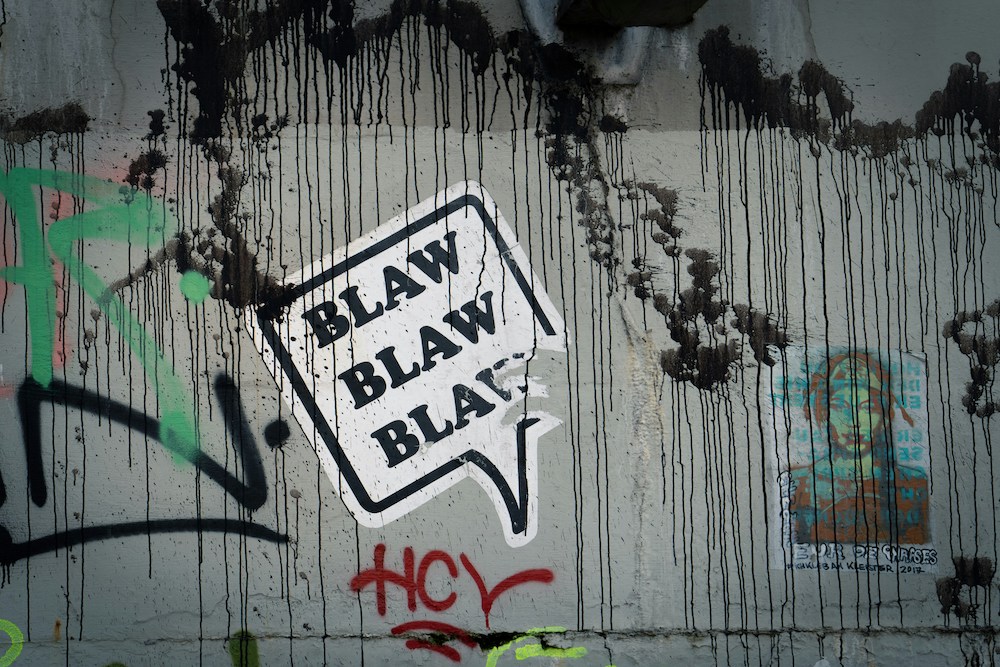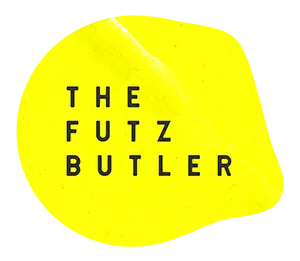Music briefs: Good ones. Vague ones. Drunk ones. Ones that never arrive. We’ve seen them all.
A few favourites?
“The client wants a jet plane. We’ve currently got a helicopter. I want a seagull.”
“We don’t have any money for these demos, but they need to sound like a million dollars.”
“I need something instantly familiar that I’ve never heard before.“
(And who could forget the slightly slurred, “I just want a track that makes my balls ache.”)

Music and creative briefs are the cornerstones of so much of what we make and do. But experience suggests they’re both very loose objects and an inexact science.
It can range from a one-line email (“start upbeat, build, big finish”) to a six-page deck, a five-minute conversation in a pub, or a two-hour Zoom call with twelve attendees.
The kicker? A bad brief can wreck a project, costing everyone a packet in terms of time, rework, money, recriminations, and reputation.
Here’s the thing. Language is critical. But when it comes to talking music, language isn’t always easy to get a handle on.
Music Briefs & The “What-I-Said-Is-Not-What-I-Meant” Syndrome
Examples of misdirected briefs are everywhere, from lack of clarity and misguided interpretation to disastrous results. One such case involved a super-busy global senior creative whose rough idea for a music brief was summed up in two words: an artist’s name.
The music company (not us) executed the sound of said artist’s current album to the letter; unfortunately, that album had taken a creative left-turn, resulting in a track that sounded nothing like their more familiar back catalogue. The resulting presentation of the first cut with music—in an expensive viewing facility, even—did not go well.

There’s also a common confusion over tempo and energy. “We need to raise the tempo” is frequently said when somebody means, “We need to feel more energy.” A kick and snare that knock hard at 85 bpm can have three times the energy of an unfocused mix at 135 bpm.
It’s hard to believe now, but I once knew a muso who went to work in the USA and had never heard the phrase ‘No Brainer.’ Was that suggested mix amendment a good idea or a foolish one? (Brevity can be great – but not if it’s at the expense of clarity.)
There are other words that regularly cause “what I said is not what I meant” syndrome.
➜ Contemporary: Most brands or filmmakers want to be contemporary, current, and innovative. But contemporary is a loaded and ambiguous adjective entirely dependent on the audience or speaker’s perception. Contemporary can be Coldplay for some or an underground EP by an unknown artist for others. For a young audience, using a track from 1985 can give a track modern cool (Stranger Things), whilst something from 2015 could provoke instant ridicule.
➜ Quirky: (or the Q word, as we call it.) Maybe a particular combo of instruments was quirky once, but after everybody has done it for 20+ years, it stops being quirky and becomes the default. But the word persists.
➜ Upbeat: (see ‘contemporary.’) Michael Buble or Slipknot?
➜ Catchy/memorable: An ownable sound and a brand asset is always something to aspire to sonically. But catchy and memorable don’t tell a story without a complete understanding of emotional intent and brand values.
There’s another area of music briefing that can get a project into hot water. It feels somewhat uncouth to say it, as the intentions are nearly always good, but it needs saying: the attempt to speak in musical terms.
“The kick and bass both need crescendo-ing.”
“The chords need to be more augmented.”
“It’s a sort of trappy-EDM feel.”
Musical language is an enigma. Most people learn a bit at school, and the memory lingers.

And let’s nail one thing stone dead: academic musical qualifications are absolutely not essential for an informed discussion about music or the ability to create it. (Source: all the great noise created by those who can’t read a musical note.)
We love talking music with everyone. There should be no language barriers. Music has one primary aim: to make people FEEL.
So, all we ask is that brands, storytellers, and filmmakers who want to share a message using music tell us how they want the listener to feel.
Creative Intent: How to Actually Position a Music Brief
Imagine you’re a composer. You get this brief:
“Positive, quirky, upbeat. Builds to a crescendo.”
(It’s happened. A lot.)
Compare and contrast with:
“Makes you feel like you’re in a faraway country you’ve never visited before, full of noises, exotic aromas, and half-imagined memories. Nomadic. Unexplored.”
One suggests a track likely to be more attractive, distinctive, and memorable.

Another key observation is that using over-prescriptive language and referencing existing music commits a cardinal sin: it closes off the new and the previously unimagined.
Our Nomadic brief could be executed in several ways: a small band of self-made instruments recorded live in the street or a 1910 vinyl recording morphed and remixed (legalities allowing).
In either case, it stands a far greater chance of sounding unique.
Music Briefing, The Futz Butler Style
We’re passionately committed to the importance of the music briefing process and have authored a whole new way to collaboratively design a brief with our clients at the start of a project.
Here’s how it looks:
✔ We don’t take a brief. We collaboratively build a brief that uncovers the best way to express your ideas through sound and music beyond the obvious.
✔ We don’t use reference tracks. If there’s one on the table, we go through the process of building a brief together before reviewing whether it aligns with the creative intent
✔ Our process allows our clients to speak to us in their language, as they would a friend, without the need for musical jargon to describe their wants and ideas
✔ We only seek to clarify your intent: what you want and why you want it. You don’t need to know how to realise it. Just tell us the why. You can leave the how to us.
We get the whole team talking about colours, moods, places, and emotions. The feelings that the track must convey, not the instrumentation or the tempo. Is the track a hug or a punch? Outside or indoors?
This unique process effortlessly combines creative intent and strategic objectives without compromising either and galvanises team-wide buy-in from the outset.
As our clients repeatedly tell us, this method’s biggest plus is that everyone on the team gets heard, regardless of how much primary school musical vocabulary they can remember.
It’s simple, really. To paraphrase the mighty Roy Walker: Just say what you feel.


